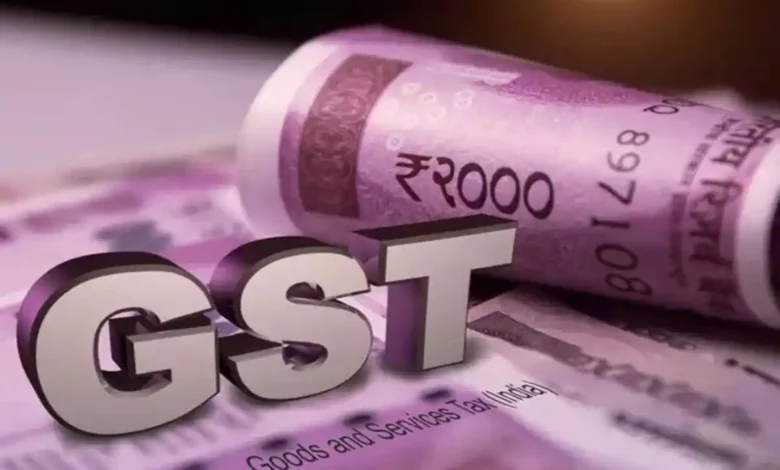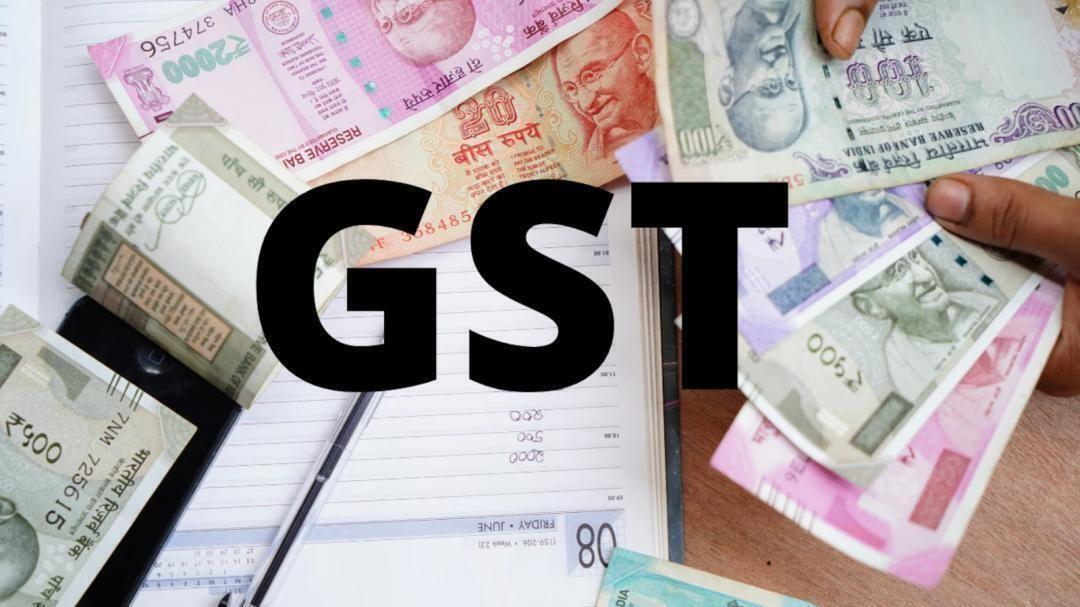GST Department Will Examine IT And MCA Data To Identify Entities That Are Not Paying Taxes.
According to the official, the first phase will include comparing GST and IT department data and then MCA file matching. The official stated, "We will shortly begin matching the income tax data. Farmers, certified educational institutions, companies engaged in the transmission or distribution of energy, and clinics that provide medical services are among the service sectors that are exempt from GST.

The GST administration will soon begin examining ITR produced by enterprises and professionals, as well as MCA filings, to ascertain if the organisations are effectively fulfilling their GST responsibilities and extending the taxed base.
As of now, 1.38 lakh corporations and experts have registered with the Goods and Services Tax (GST), which went into effect on July 1, 2017. Companies in the manufacturing and service industries must register under the GST and file if their yearly income reaches Rs. 40 lacks or Rs. 20 lacks, respectively.
”We will triangulate the data based on the data that is available with the IT department.” If the investigation shows that firms that should be paying taxes under GST are not, we would initially submit a polite inquiry.
The data analysis will concentrate on those organizations that are not excluded from the GST and need to register and submit monthly or quarterly reports. After identifying them, the GST administration would get in touch with those companies at their registered place of business and inquire as to why they are not adhering to the tax requirements. The official said that to determine whether any GST avoidance is occurring, the data analysis wing would further review the quarterly and annual data that businesses supplied to the Ministry of Corporate Affairs.
According to the official, the first phase will include comparing GST and IT department data and then MCA file matching. The official stated, “We will shortly begin matching the income tax data. Farmers, certified educational institutions, companies engaged in the transmission or distribution of energy, and clinics that provide medical services are among the service sectors that are exempt from GST.
As of February, there were 13,492 instances of goods and services tax (GST) evasion, up from 12,574 occurrences the previous month. According to the data the Finance Ministry submitted to Parliament, there would be 12,596 instances in 2020–21. A total of close to Rs 3.08 lakh crore in total tax evasion was discovered between July 2017 and February 2023, of which more than Rs 1.03 lakh crore was realized. 1,402 people have been arrested by GST inspectors for tax evasion during the past five and a half years.
The anti-evasion strategies and higher compliance have allowed the month-to-month GST collections to exceed Rs 1.4 lakh crore for a non-stop duration of 12 months. GST receipts handed over Rs 1.49 lakh crore in February. On July 1, 2017, a countrywide GST was implemented, replacing 17 local taxes, including excise, service tax, and VAT, as well as 13 centers.
If GST statistics are connected to files, big data analytics would have access to more data points. Rajat Mohan, the senior partner of AMRG & Associates, claims that payments are made under business and income tax regulations. This will facilitate quicker detection of the tax underpayment. Government agencies are rushing to combine various data sources with raising compliance standards across all platforms, according to Mohan.
India must take swift action since it is losing billions to GST tax avoidance.
The trend of India’s monthly goods and services tax income reaching Rs 1.5 lakh crore and turning into the “new normal” has been applauded by way of the North Block. Vivek Johri of the Central Board of Indirect Taxes and Customs expressed optimism that this barrier will be broken in the following fiscal year, which starts in April. Johri said in a public interview that the indirect tax authority’s GST audits this fiscal year resulted in the discovery of tax evasion in about 48,000 instances totaling Rs 22,000 crore.
Johri cited incorrect input tax credit claims as the main reason for the leakage. According to Johri, some taxpayers may have claimed input tax credits for inputs which they are not qualified since they interpreted the law incorrectly. Johri said that the tax authority has observed instances in which the value of the items is another issue that leads to the application of the erroneous tax rate is that the information was misclassified and improperly disclosed.
India has increased its attempts to convince the salaried class to embrace a tax system. Many tax experts believe it is past time for the government to eliminate the loopholes, even without exclusions. Matching input tax credits and reporting external suppliers are only two examples of the methods that have been used to identify issues with fake invoices, non-compliant taxpayers, and fraudulent claims for export refunds, among other things.
Yet according to experts, one of the most crucial actions the government must take to stop the leak is to reduce the cost of compliance. According to them, the system is plagued by a difficult registration procedure, and the tax officials need to get training on GST legislation. “This issue has a significant impact on Indian enterprises since ITC claims are heavily dependent on vendor compliance and the volume of business at stake. Vendors that are dishonest or noncompliant pose a greater danger to businesses,” said Clear’s CEO and founder, Archit Gupta.
Compliance is a significant problem for the sector, according to Parag Mehta, a partner at N.A. Shah Associates. A key problem for the whole industry has to file 24 returns annually for each state. Another major issue is additional audits and evaluations from various jurisdictions.
He says that while state-by-state compliance may be possible for multi-state companies, evaluations, notifications, and the like should be centralized. According to Mehta, when tax departments are centralized and assure appropriate compliance and tax collection, this will be tremendously advantageous to the entire sector. He said that this is particularly true for those who operate from rented space or no-cost associate or group business premises because the registration procedure has grown to be exceedingly onerous.
In addition to having precise language on the NOC, the authorities expect that affidavits be notarized in front of the magistrate. Registration is delayed by this procedure. Oftentimes, commercial operations are carried out without registration. Instead of each jurisdiction having its own set of documentation requirements, the authorities should provide a pan-Indian standard checklist.
The government has decided that business-to-consumer transactions in which the last-mile invoice is not issued are a substantial source of leakage, according to Niraj Bagri, a partner at Dhruva Consultants. Customers may be rewarded via a lottery system, which would incentivize them to seek invoices from local merchants. Also, it would be a good idea to consider whether there are any opportunities to offer individuals income tax benefits since this would encourage them to actively look for GST invoices from the sellers.
“Because the local dealers will record the transaction, this will also have a cascading effect on the collection of direct taxes. Thus, without raising tax rates, this would help increase revenue collection, as explained by Bagri. Mehta highlighted the requirement for appropriate GST legislation training. System-generated notifications are provided, but the authorities are unable to explain how the numbers were calculated. This results in pointless litigation and no financial gain for the department.
Edited by Prakriti Arora




